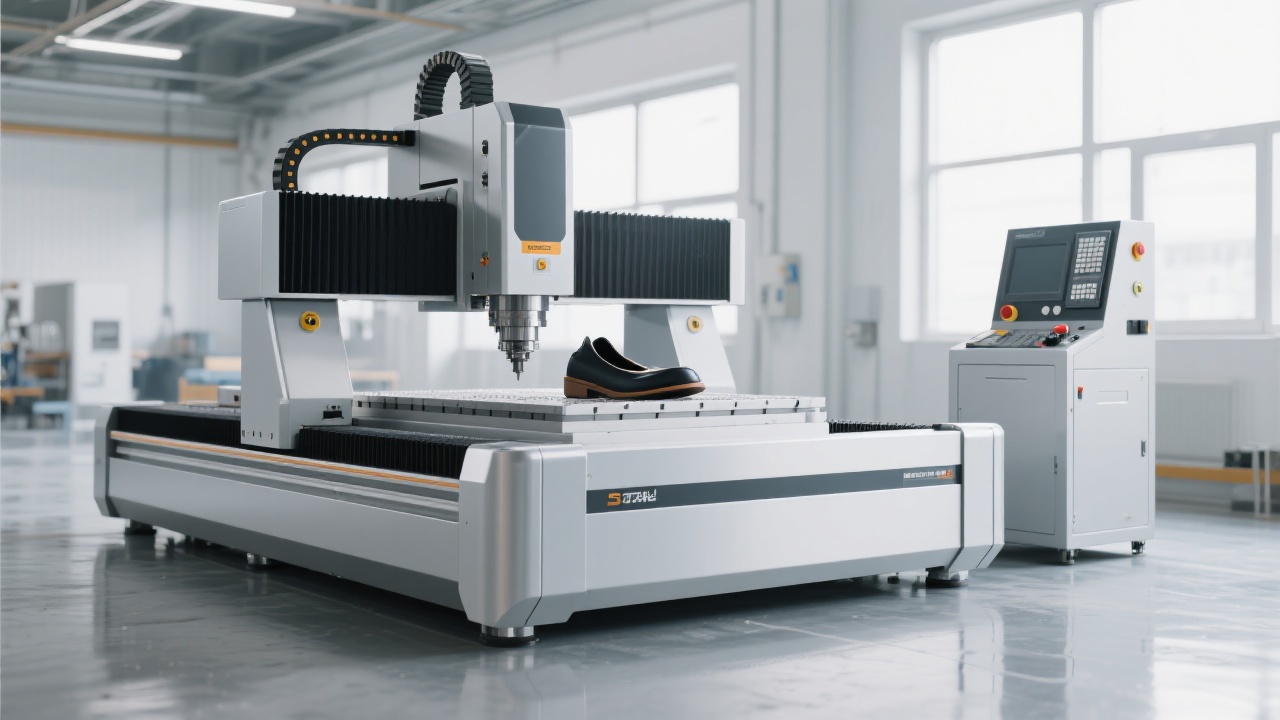
For manufacturers working with complex graphite components—especially in EDM electrode production—the difference between a good and great machining process often lies in one key feature: RTCP (Rotational Tool Center Point) compensation. The FH855L five-axis vertical machining center from Ningbo Kebao CNC Machinery Co., Ltd. integrates this advanced technology to deliver unmatched accuracy and efficiency.
Unlike traditional three-axis machines that require frequent part repositioning, the FH855L’s RTCP function automatically adjusts the tool path based on spindle rotation, ensuring consistent tool tip positioning regardless of axis movement. This is especially critical when machining multi-face graphite parts like molds or electrodes, where even minor misalignment can cause surface inconsistencies or dimensional errors.
Graphite has unique properties—it’s brittle, abrasive, and sensitive to thermal stress. Inconsistent cutting forces can lead to chipping or tool wear, reducing both surface finish quality and cycle time. With RTCP enabled, operators can maintain optimal cutting parameters across all five axes without manual recalibration.
A real-world example from a client in the automotive mold industry shows how RTCP improved their workflow:
| Parameter | Before RTCP | After RTCP |
|---|---|---|
| Average Surface Roughness (Ra) | 3.2 μm | 1.5 μm |
| Number of Part Reversals | 4–6 per component | 1–2 per component |
| Cycle Time Reduction | N/A | ~35% |
These results are not just theoretical—they reflect actual performance gains seen by customers using the FH855L in high-volume graphite applications such as die casting dies, aerospace components, and medical device molds.
To maximize RTCP benefits, it's essential to match cutting conditions to material behavior. Here are recommended settings for typical graphite materials (density ~1.6 g/cm³):
Pro Tip: Always validate tool paths using simulation software before running raw material. Many users report up to 40% fewer tool breakages after implementing RTCP-guided strategies.

Even experienced engineers sometimes overlook these pitfalls when setting up RTCP-based programs:
By addressing these issues early, shops can achieve repeatable results across batches—something buyers value highly when sourcing precision components globally.
Ready to experience the power of RTCP in action? Discover how the FH855L delivers precise, efficient graphite machining—without compromising on consistency or throughput.
Explore the FH855L RTCP Solution Today
